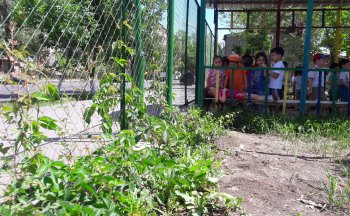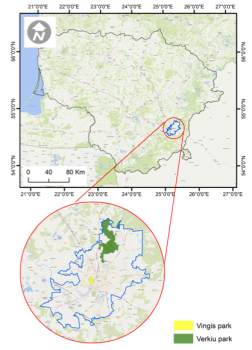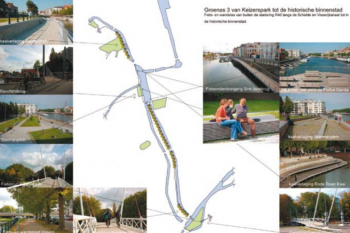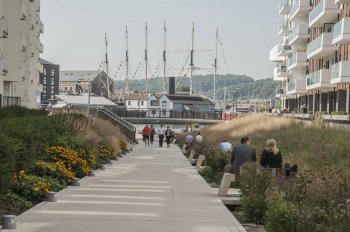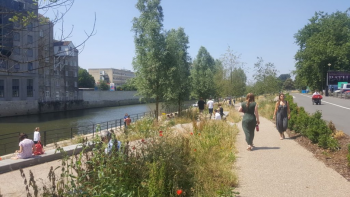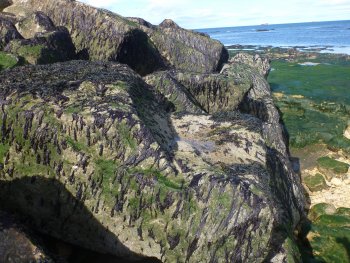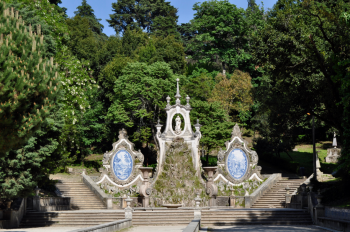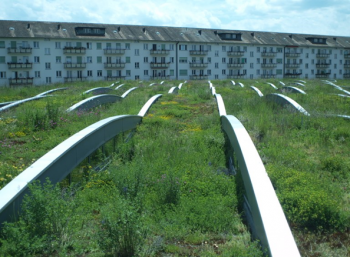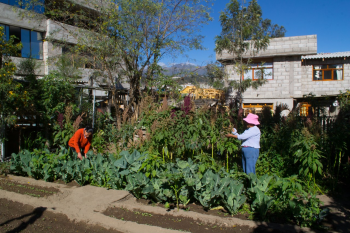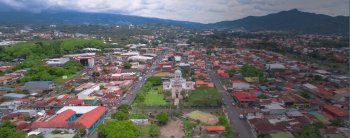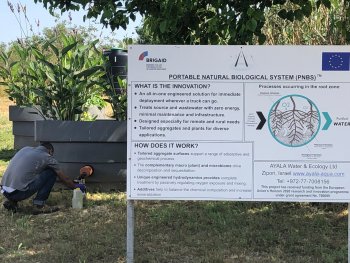Yerevan-Nature-Based Solution: A GREEN WALL FOR KINDERGARTEN
Challenges
The described situation was an opportunity for the nature based solutions (green wall creation) implementation. Particularly, based on the scientific data available from more than 160 Yerevan kindergartens specific one was identified and selected ensuring the maximum benefits for the kindergarten territory, its sounding and children’s health.
Objective
The testing site - kindergarten was built in former Soviet Union period and did not underwent any reconstruction action. Due to its spatial location the kindergarten is...

